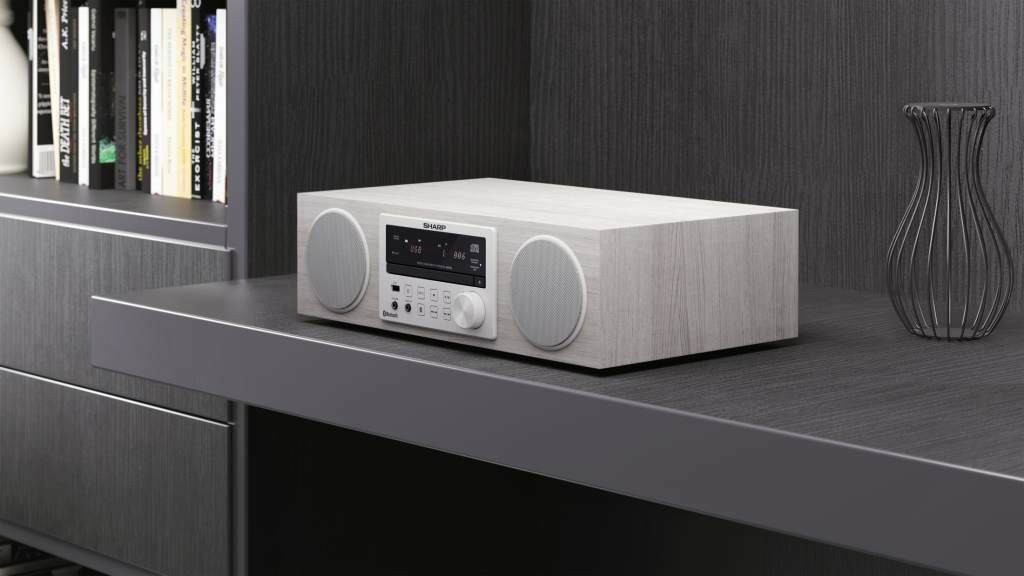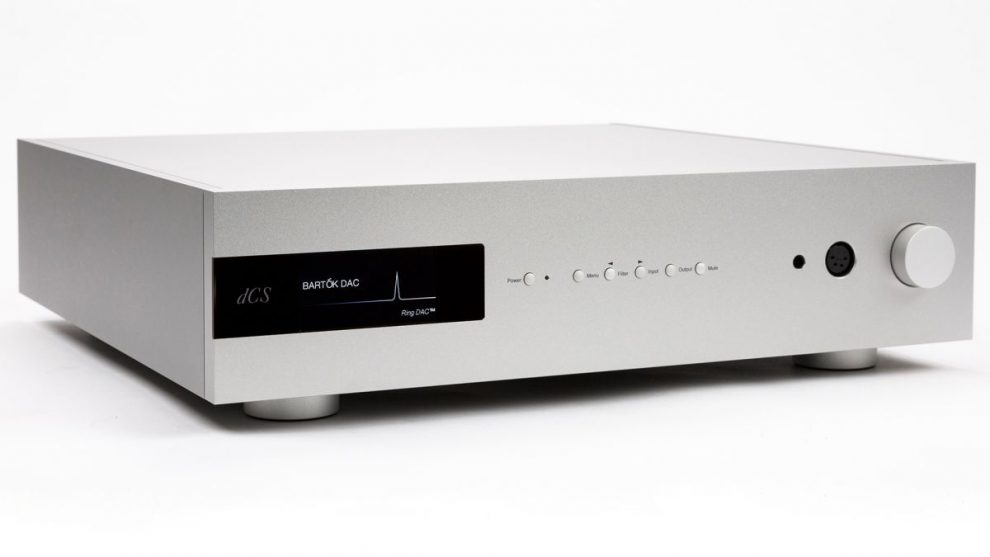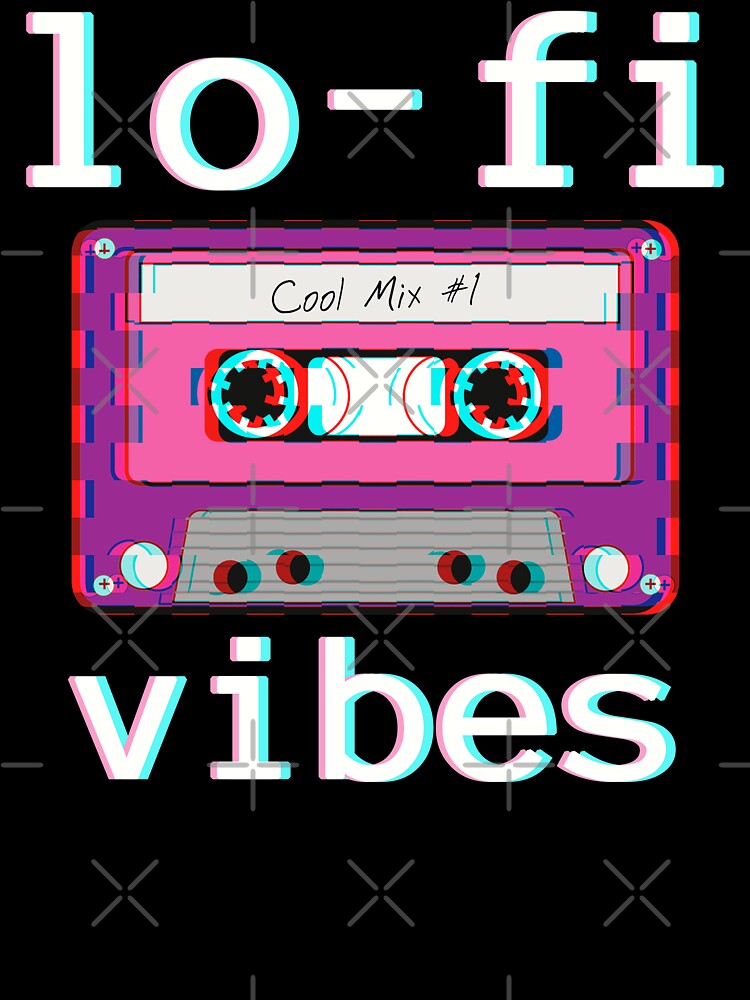Phrases like Hi-Fi and Lo-Fi can be perplexing if you’re unfamiliar to the field of sound and audio equipment. What do they say about the noises that the gear will make? What exactly do they imply?
Hi-fi stands for high-fidelity audio, which refers to a portion of recorded sound that is intended to sound exactly like the source, with no aberrations. The inverse of Hi-Fi is Lo-Fi, which means low quality. Some Lo-Fi recordings are the product of low-quality gear, but some Lo-Fi music is done intentionally.
Whether you can listen to Hi-Fi or Lo-Fi music is determined by a number of variables, such as the quality of your sound devices, the outcomes you want to achieve, and how well-trained your hearing is. Continue reading to find out what makes a difference in audio quality and how to select the best decision for your requirements.
What Is Hi-Fi Music?
The term “high fidelity” is abbreviated as “Hi-Fi.” It relates to audio clarity that is extremely close to the source. Hi-fi reduces distortion and noise to make the recording audio as though you were listening to it live.
Sometimes this is referred to as lossless audio in today’s music debates, implying that nothing is removed from the recording that was included in the initial audio.
Just as listening and recording tech advances, the effort to achieve a recording that is similar to a live performance has continued since the 1950s.
In the 1950s, the word hi-fi was temporarily used to refer to a home sound installation. It was being utilized by marketing firms to promote their items, and instead of seeing it as a measure of quality, many people mistook it for the broader idea.
True music lovers, on the other hand, proceeded to use it purely to describe to sound clarity, and that is how it is being used nowadays.
Until the 1960s, hi-fi gear and performance levels were not regulated. Prior to that, any firm could use it as a marketing tool, even if the sound quality was poor. A decade has passed, home-music centers with all of the high-end elements of a genuine audiophile’s playback gear hit the market.

Now, depending on the file format, you can acquire a great deal of info about how hi-fi a digital recording is. The audio clarity of uncompressed files is usually superior to compressed files, however there are many differences.
Since the beginning of recording, the techniques we capture and listen to music have evolved, but a desire for superb audio has remained consistent.
Obtaining hi-fi music is a two-step process. Firstly, the audio recording must be of excellent quality, and secondly, the listening device must be suitable of reproducing the audio at the same level of quality.
Notwithstanding advancements in Bluetooth technologies and wireless headphones, wired speakers or wired headphones are still the finest gear for crisp, high-fidelity music.
Wi-Fi-connected speakers can be a nice Hi-Fi option to Bluetooth if you don’t like corded headphones. Because they broadcast straight from the Wi-Fi connection instead of over Bluetooth, the audio quality is preserved.
Advantages and Disadvantages of Hi-Fi Audio
Hi-Fi audio has advantages and disadvantages, just like anything else in life. If you’re not sure if moving to Hi-Fi audio is worthwhile it for you, have a look at these.
Advantages
- Improved audio quality: In general, hi-fi audio files sound sharper and crisper, and you may be capable to hear details far better than sound with a lower to adequate performance.
- Improves the listening experience: Because of the audio’s clarity and quality, the listener may appreciate music just as the creator intended.
- Improved accuracy: When contrasted to audio of lower quality, analog audio is remarkably true to its original acoustic qualities and spaciousness.
Disadvantages
- Mainstream music library software is less congruent: Because software like iTunes does not support audio at greater sample rates and bit depths, you will need to download additional software.
- Less common: Confined to particular Hi-fi services like Tidal; not commonly accessible through mainstream streaming music channels like Apple Music and Spotify.
- Takes up a lot of file storage space: Audio files are vast and, based on the file format you select, can easily fill up your computer’s storage drive or data storage techniques.
What’s The Best Way To Get Hi-Fi Audio?
You’ll need to have a hi-fi sound system if you want to listen to hi-fi music. Because your normal computer sound card won’t be sufficient to churn out hi-fi sound, you’ll have to invest on a few items before you can listen to hi-fi songs.
To begin, you’ll require a DAC (digital to analog converter). A DAC converts digital audio data from your audio input to analog while also enhancing the signal significantly.
Some DACs include a built-in amplifier, and buying an all-in-one DAC/amp combo can be a smart option if you’re on a spending plan or if you’re a newbie listener, but I prefer choosing a standalone DAC. All-in-one amps and DACs are considered to have lower specs, less power, and less reactivity than freestanding DACs and amps.
There are various sorts of DACs, varying from those that must be kept on a shelf or at your office to those that can be carried in your pocket and function with your smartphone.
Because additional, freestanding DACs don’t have a built-in amplifier, you’ll also need an external amplifier if you buy one. After the audio signal has been transformed from electronic content to an analog wave, it is boosted by an amplifier.

Because the sound signal produced by the standalone DAC is very modest in volume, you’ll need an amplifier because the music won’t be loud sufficiently to come out of headphones or speakers effectively.
An amplifier takes care of this by providing more than enough power to the headphones or speakers you’re using, as well as boosting the DAC signal. When listening to hi-fi sound, amplifiers or DACs are extremely significant since they try to shape the entire sound.
If you use a computer’s sound card rather than a DAC, the signal will be cleaned up and any electromagnetic interference or return, such as humming or hissing, will be removed. Based on the amp you use, the signal may have some color added to it.
You’ll need premium headphones in addition to a DAC and an amplifier. These headphones provide a large soundstage, a flat frequency range, and don’t color the audio stream in any way.
What Is Lo-Fi Music?
Lo-fi music is more focused on a specific audio experience than Hi-fi music, which is connected with live audio clarity. Lo-fi music purposefully includes some of the flaws that hi-fi music tries to avoid. Low-fidelity recorded sound or a recording that includes distortions, noise, or other “errors” is defined as lo-fi.
Because term relates to the sound clarity instead of the musical style, lo-fi can be applied to any musical type. It also has more historical ties than hi-fi does. It was a key component of the cassette tape and DIY music movements in the 1980s.
These flaws are also evident in lo-fi and DIY music, which amplifies to what’s already there. Weather sounds, such as rain on a window, or ambient sounds, such as traffic hum, are typical aberrations and extra noises.

Sound engineers and musicians may mask the sound to make it appear as if you’re listening to the music from a different room.
Some earlier recordings classify as lo-fi, not as they were purposefully recorded in the way that current Lo-fi is, but because the recording technology used to obtain the sounds was already of inferior quality.
These older tunes are occasionally sampled in new lo-fi music, which takes full use of the richness that pre-transistor recording technology provides.
No matter when it was made, lo-fi music has a quality that is less clear and pristine than a hi-fi recording.
Characteristics of Lo-Fi Music
The lo-fi sound is defined by several essential characteristics:
Jazz chords
Jazz chord progressions are a common characteristic in most lo-fi tracks because of their unhurried, methodical nature. Patterned samples—bass and drums—as well as piano are popular in the genre, but lo-fi musicians may also incorporate horns and guitar, depending on the song.
Drum Loops
Drum loops are used widely in lo-fi, as they are in hip-hop, to produce the beats. Both digitally generated sampling and live drum sounds are used in lo-fi music. Beatmakers, on the other hand, favor live elements since they’re easier to handle with a digital audio workstation (DAW). The tempo of the beats is usually slow to medium, varying from 70 to 90 beats per minute (BPM).
Samples
Despite the notion that lo-fi is largely an instrumental music genre, many lo-fi tracks use samples and other sound-enhancing methods. There are a lot of vocal samples, and many of them are inspired by anime to emphasize the connection between the two genres. The crackling of a vinyl record is frequently utilized to convey the warmth and melancholy of an analog recording.
Why Is Lo-Fi Gaining Popularity?
Integrating lo-fi music into your private endeavor is a terrific idea.
Lo-fi generates Serotonin, a neurotransmitter known as “Happy Hormone,” enhances Dopamine, and lowers Cortisol, a stress hormone, when played slowly. The melody actually has beneficial neurophysiological benefits that aid in increasing brain activity. Other advantages of Lo-fi music include better mood, cognitive abilities, anxiety reduction, and restorative effects.
But what makes lo-fi music so appealing? Because it encourages us to be more creative and efficient in our work. We feel compelled to follow our passions and enhance our obligations when we see gains in our performance.
Moreover, lo-fi music is well-known for its ability to assist people in locating their online forums. In this scenario, using lo-fi music as the music played in your venture encourages individuals to interact and discuss while viewing your work.
The Relationship Between Lo-Fi Music and Focus
There has been a new tendency of using lo-fi music or rhythms to assist individuals concentrate on work or study, and there is brain science to back it up. Famous Lo-fi Channels on youtube and streaming platform playlists all basically achieve the same thing: they give music to drown out ambient noise without distracting you from the task at hand.
Looped rhythms are used in a lot of lo-fi music, especially lo-fi hip hop and lo-fi beats. Your brain begins to block out the noise over a particular number of repeats. It masks irritating noise but does not become a nuisance in and of itself.

Furthermore, the deformations that distinguish lo-fi, such as the audio of a needle on vinyl, the whir of a cassette tape, or fingers trying to hit instruments, combine with the genre’s artificially expanded inadequacies, such as rain sounds, muffling, and so on, to provide a level of familiarity or nostalgia that can assist you floor yourself during a job at hand.
The similarity works in a comparable manner to the repeated sounds, allowing your brain to sift out distracting stimuli without interrupting you with a fresh or unexpected sound.
Hi-Fi vs Lo-Fi Music: Which Is Better?
Both hi-fi and lo-fi music have a position in the world. Which one you pick is mostly determined on your particular tastes and listening arrangement. A lo-fi recording works best as music in the background or atmosphere music. Hi-fi music, on the other hand, is better if you want to listen to something else to get the feeling of hearing it live.
Putting purposefully lo-fi music apart, the decision to listen to your preferred song in hi-fi or lo-fi is based on personal preferences. Your equipment, including both external listening devices and your ears, will influence whether you like hi-fi or lo-fi.
Generally, the typical individual cannot tell the difference between a hi-fi and a normal grade recordings. If you’re choosing between hi-fi and lo-fi editions of a streaming platform, for instance, you need think about the level of your listening gear as well as your ear training.
You’ll be able to hear the differences more clearly if you’re an enthusiast with high-quality headphones or speakers, and a hi-fi quality stream may provide a better user experience.
Conclusion
The terms hi-fi and lo-fi refer to how clear a recorded sound is. Telling the difference between hi-fi and lo-fi can help you choose gear that captures true-to-life sound or headphones that sound like a live event.
The term “lo-fi” is often used to describe a method of recording music. Disturbances and ambient noise can be left or added to produce a soundtrack that assists your brain concentrate.
It’s up to you whether or not you can detect the difference in quality. Understanding what you want to achieve and what the terms represent will assist you in locating the sound systems you require.
You may also be interested in:
